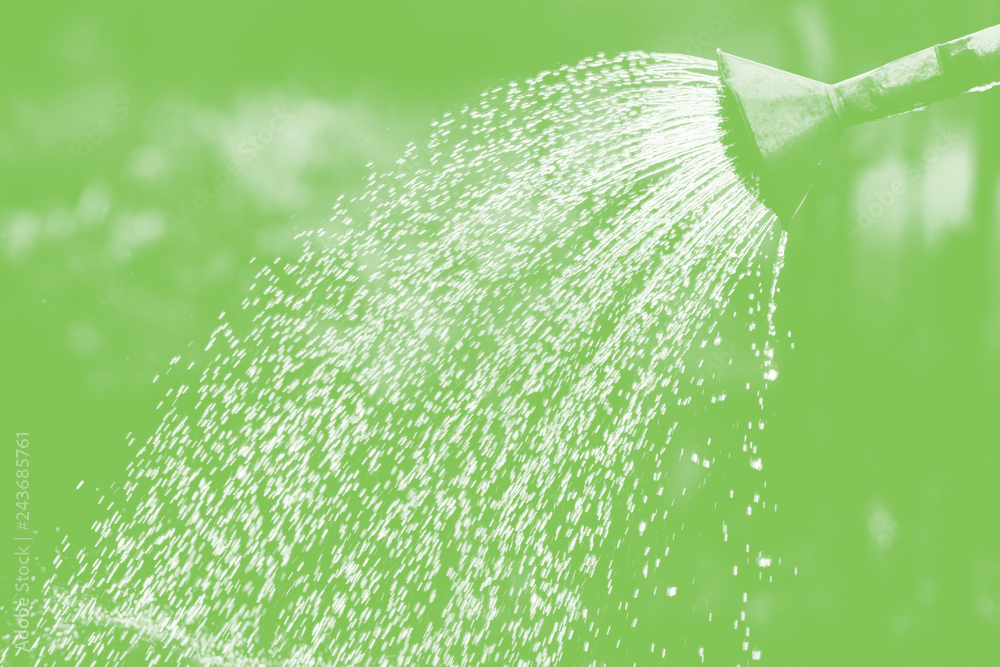
Fall Gardening Activities
Fall is one of the best times of the year for many gardening activities but it can also be one of the worst times of year for other gardening activities, so to help you through the season we have put together this fall gardening guide.
PLANTING
Fall is one of the best times of the year to plant, especially deciduous trees and shrubs. The cooler temperatures of the fall and winter seasons allow the plant to establish its root system before the heat and drought begin the following summer. It is also a great time for you because it can be more comfortable to work outside during this time of year and the initial care of the plant is minimized. As we get into mid-fall, take caution when planting Crapemyrtles, Camelias, Hybrid Hollies, Laurels, Southern Magnolias, Cleyera, Nandina, Azaleas, Rhododendrons, and some perennials and ornamental grasses. While these plants are hardy in our area, they can have increased sensitivity to early freezes and extreme cold when they have been newly planted.
While mums are often the most popular fall annual, pansies are one of our favorite fall annuals. They are low maintenance and provide inexpensive color to any annual bed or mixed pot arrangement. They are the only annual/flowering crop that has the potential to continue through winter into early spring in our area, but if you want them to continue all through the winter, the key is to get them in the ground or pot sooner rather than later so that their roots can be established before the weather turns really cold. Lettuces and ornamental kale and cabbage also have a high frost tolerance and look great mixed with pansies.
The edible garden can also be highly productive in the fall. Cabbage, broccoli, brussel sprouts, and cauliflower should be planted in late summer for a fall harvest and greens like kale, chard, and lettuce can be planted every 2 weeks until the end of September for continual harvest into November. Looking for one of the easiest, low-maintenance crops to grow? Try Garlic! It should be planted in October and left alone until harvest the following June. Click here for our complete garlic planting guide.
Love seeing the beautiful blooms of tulips, daffodils, crocus, hyacinths, and many more in the spring? Well, fall is the only time of year to plant these. Bulb planting season runs for several months from September through December, but shopping early while the selection is at its peak is recommended. A step-by-step bulb planting guide can be found here.
WATERING
In the fall, the watering needs for newly planted trees, shrubs, and perennials can fluctuate depending on weekly temperatures and drought conditions for that year. In years with a dry summer and fall, watering will be critical, especially for newly installed plants, until plants go dormant for the winter.
New deciduous trees and shrubs should be watered (1-2) times per week as leaves persist and temperatures are in 50s/60s. If the weather is warmer, you should water (2-3) times a week. Evergreens should follow the same guidelines but may need supplemental watering in the winter months. For tips on how to water properly click this link.
PROTECT & PREPARE
Fall can be one of the most active times of year for deer. Bucks will begin to mark their territory by rubbing against young trees. This rubbing can cause severe damage and often total loss to these trees. Organic-based repellents, like Liquid Fence and Deer Off, are very effective against browsing (eating) deer, but unfortunately, these repellents do not help against rubbing bucks. If you have any young trees, we highly recommend using inexpensive mesh guards or bamboo poles and twine to help prevent potential buck rubbing. For more information on protecting plants from deer, visit plantkingdom.net/learn.
While the deer gear up, most insects are going dormant. For this reason, we typically don’t see a lot of active insect activity during this time of year. You may notice foliage that shows past insect injury but the insect is most likely tucked away somewhere as an egg, larva, papua, or adult for the winter. No control is typically recommended without the physical presence of an active insect. This is also true for many of the common diseases, as most are only active during the active growing season. You may see evidence of disease on the foliage of deciduous plants, but they are getting ready to drop these leaves so treatment is not usually effective.
Early fall is also the season that you should be developing our plan for bringing houseplants back inside from their summer spent in the great outdoors. Planning and timing are really important to the health of your plants, so for details on when and how, take a look at our houseplant tips at plantkingdom.net/learn.
CLEAN UP & MULCHING
Good garden sanitation is important in any seasonal transition, but fall is one of the most critical times for garden cleanup, including the lawn, landscape, and vegetable garden. Many insects and some diseases commonly overwinter in debris such as crop residue, fallen leaves, weeds, fallen fruit, and broken branches. So cleaning up and removing these items in fall reduces the potential insect and disease populations for next year, not to mention it looks neater.
Fall’s most well-known gardening activity is probably leaf removal. While we just mentioned why it is important to remove leaves from the garden, there are also many benefits to only removing them from the lawn and not from landscaped/garden areas. Leaves left in landscape beds provide insulation for your plants, reducing the need for additional mulching. They also provide mini-ecosystems for beneficial insects over the winter and reduce not only your physical labor but also the amount of leaves you will need to dispose of.
When it comes to mulching, our design philosophy at The Plant Kingdom is that the plants should be the focus of the landscape, and therefore recommend using natural and neutral-colored mulches. All of the shredded mulches we carry are direct bi-products of the lumber industry and pine straw is a harvested product of pines grown for lumber. These mulches are readily available due to a lively lumber market and are considered environmentally friendly.
For most landscape spaces you should maintain a mulch depth of 2-3” for optimal weed suppression, moisture retention, and insulation for the winter. Mulching to a depth of 4” or more is not only more expensive but can be detrimental to your plants’ health. Never use fresh wood chips or bulk mulch that have not been properly composed. The natural chemical reactions assisting the necessary decomposition process will cause an environment that is not conducive to positive plant growth and can kill annuals and herbaceous perennials.
PRUNING & FERTILIZATION
While fall is a great time for planting and cleanup, it is one of the worst times of year to prune and fertilize many plants. Pruning and fertilizing too late can cause a resurgence of new growth that may not harden off properly, which would increase the chance of winter injury. Leaving stems, and even ornamental grasses, through the winter, will not only help protect them, but they can also provide winter interest for you as well as food and shelter for birds.
Pruning and fertilizing in the fall is one of the most common mistakes we see homeowners and even landscapers make, so in fall just say no to pruning and fertilization and your plants will thank you.
Now that we have our pruners and fertilizers stored away and our fall gardening tasks checked off our list we can look forward to the most overlooked and important times of the year in the garden, Winter.

